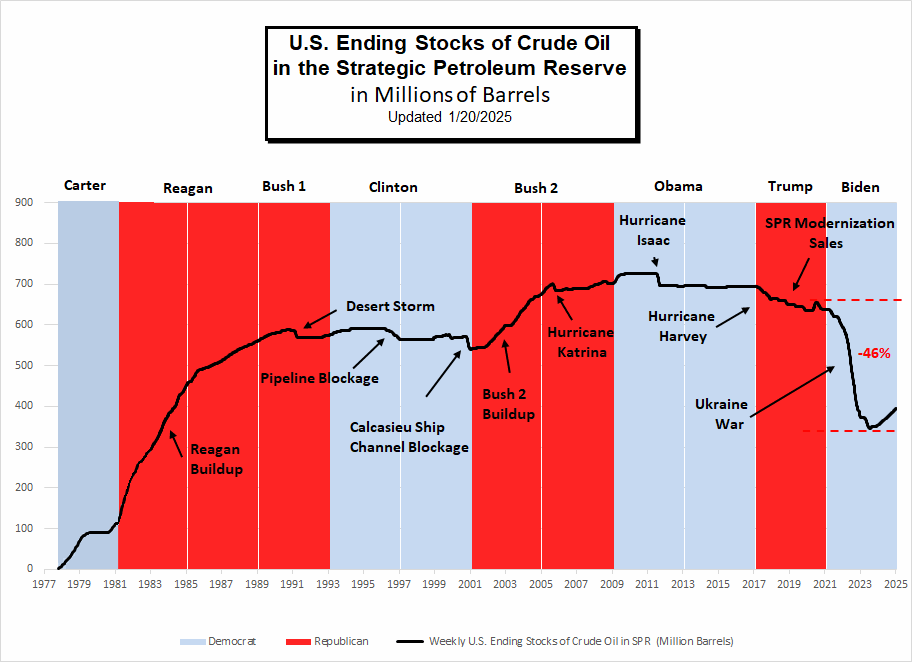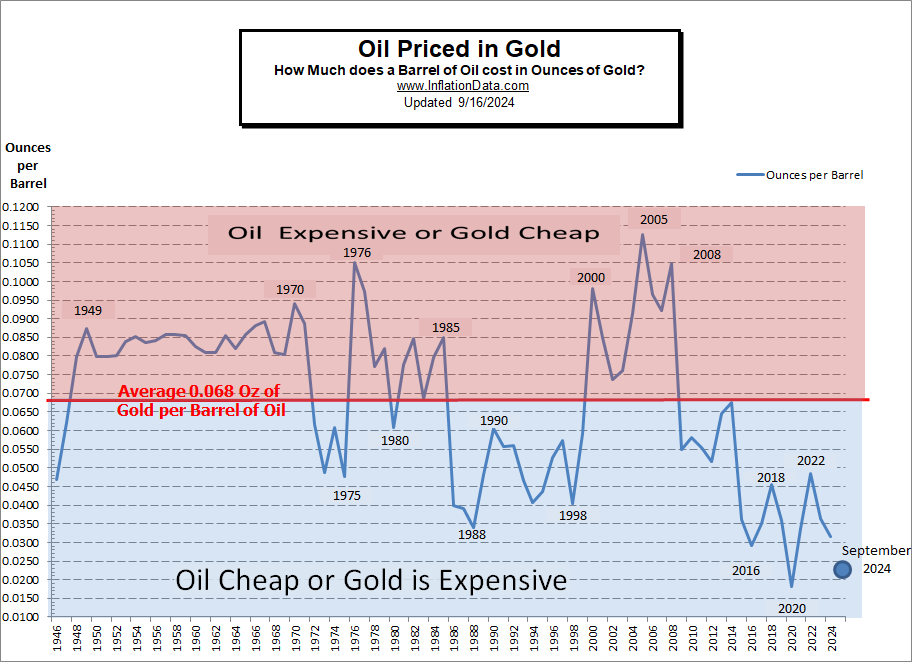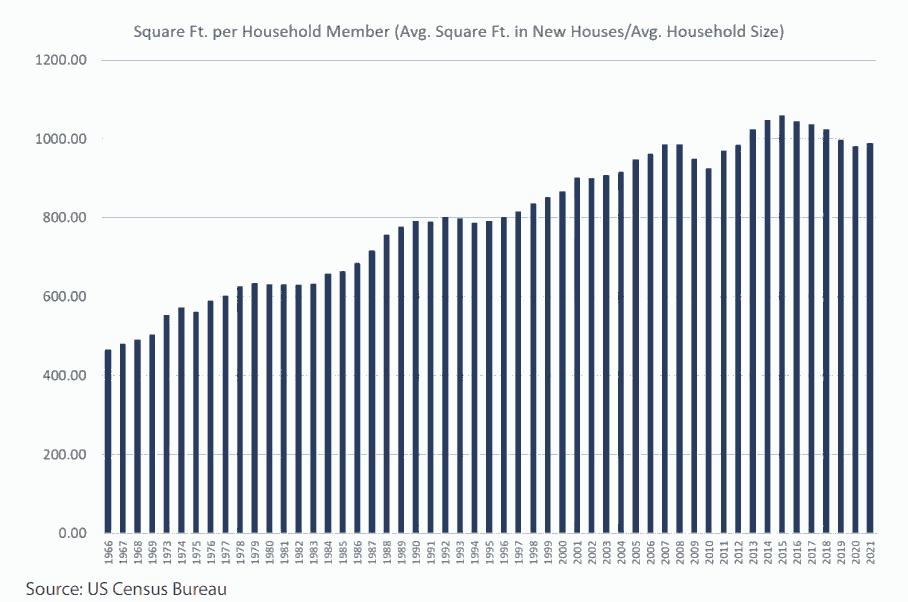Mainstream financial news today is replete with stories about “distress” in the commercial real estate market. But what is the precise nature of this distress, and what implications does it have for those outside of the respective industry or asset class? More importantly, what set of factors contributed to the distress, and what does that say about its potential alleviation?
Broadly, “distress” in the commercial real estate context refers to the inability of a property, or portfolio of properties, to make required payments on the underlying loan (to “service debt,” in industry terms). There is also physical distress—lack of physical upkeep, accumulation of deferred maintenance, etc.—but the inability to service debt is what’s generally referred to as distress in the financial media. I’ll refer to this as financial distress and focus on it as the more relevant driver of immediate and material negative implications for owners and investors.
In the following discussion, I’ll draw on my previous experience in the hospitality and core commercial real estate industry—specifically, my involvement in restructuring, recapitalization, and various other forms of dealing with financially distressed assets in the wake of the 2008–9 crash. I’ll also use my current role as the founder of a private equity real estate company focused on apartments to expound on the current issues in that specific industry. Throughout, I will highlight connections between financial distress and economic management by government at the expense of the free market.










